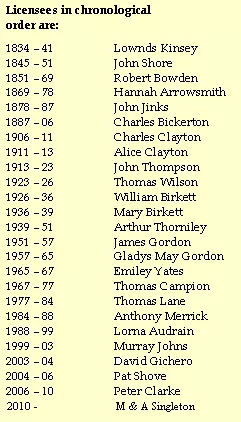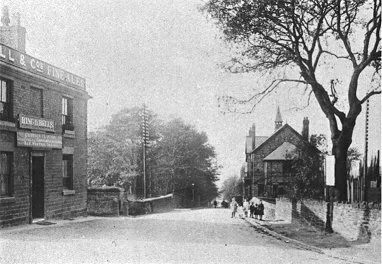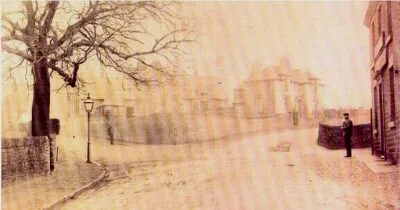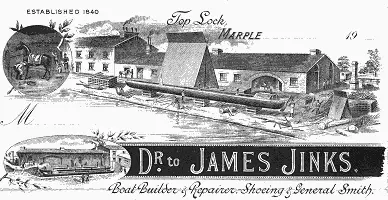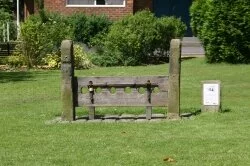
 Wine List
Wine List  History
History  Locate Us
Locate Us 
 Pub Tour
Pub Tour  Brass Bands
Brass Bands  Ron's Story 2
Ron's Story 2  Ron's Story
Ron's Story  Marple's Site What's On
Marple's Site What's On
| Ring O' Bells |
History 1834-2010
|
|
|
There is slight confusion as to when the first beerhouse opened on this site. Trade Directories show a Lownds Kinsey operating as a beerseller in the area as early as 1834, although he didn't actually buy The Ring o' Bells' site until 1837. The opening of the Macclesfield Canal in November 1831 would support this, so perhaps Kinsey only leased the building and opened as a beerhouse after the 1830 Act to serve the passing barge trade on the nearby canal.
However, Mr. Kinsey applied for a full Public House license as early as 1840, but was turned down by the Licencing Magistrate. Eight years later he sold the land and beerhouse to Daniel Gee, a saddler of Ludworth, for £200.
In 1869 the premises were up for auction following the death of the landlord, Robert Bowden. The pub was described as 'substantially built of stone, in good repair and doing excellent business' As well as the stable, coach house and outbuildings, there were five rooms and the bar on the ground floor, with four bedrooms and a club room upstairs. It must have been withdrawn from auction because, three years later it was still owned by the Gee family when it was sold to Hannah Arrowsmith for £600. She had been the landlady at the Hare and Hounds, Dooley Lane, and was later to purchase and rebuild The Railway at Rose Hill.
The Ring o' Bells was a busy and well patronised beer-house at this time. Marple Botanical Society held their Annual 1872 Dinner Dance for 30 members. A group of villagers emigrating to America gathered there for a grand farewell party the same year and many a wedding party, returning from the service at All Saints, would call in for a celebration meal.
|
|
In 1876, Mrs. Arrowsmith mortgaged the pub to Bells Brewery of Stockport for £1,500. Why would she need that amount of money? That same year records show that the beerhouse became a fully licensed Public House, so I think that she probably needed the cash for major alterations and improvements to bring the pub in line with its new status. With that amount of money she may even have rebuilt the pub completely, as she was later to do with The Railway.
The following year, 1877, Hannah's youngest daughter married John Jinks, who immediately took over as the landlord. Sadly, the new Mrs. Jinks was to die in childbirth 4 years later. To sink himself in his work, John bought the pub from his mother-in-law for £200 plus the £1,500 still owed to Bells.
Over the next few years JJ proved to be a popular and innovative host. He organised Fishing Matches on the canal and, being a keen fancier, Pigeon Races. One race, with the birds being released at Poynton, had £5 bets changing hands - a tidy sum 100 years ago. A Rearing Supper was held by a local builder for his men and JJ was the Cabaret, providing 'humorous vocal entertainments He also obtained an Occasional Licence to operate a bar at a Bazaar in the newly opened Conservative Club down the road. There was even a report of a 'Quack' Doctor holding a weekly practice at the pub . . . 'every Thursday from 10a.m. to 6p.m. for consultation on all diseases of the human frames He went under the name of F. W. Jackson and claimed to have cured many people in Marple. The pub was also frequently used for Coroner's inquests on people drowning in the canal.
Not all the customers were as honest or hardworking, however. One in particular, Charles Needham, alias Bacca Dick, and described later by the local Police Constable as a 'disreputable looking tramp', stole a knife and spoon from the pub. He was found hiding out at Tymm's Lime Kilns and received 3 weeks hard labour.
In April 1887 the pub was sold to Bells Brewery for £1,900, which included a row of cottages standing on what is now the car park at the rear. The new landlord was Charles Bickerton, an ex-railwayman from Manchester, who was to remain for 15 years before moving to The Royal Oak at Mellor. John Jinks left, only to reappear a few years later as the landlord of the Navigation.
|
|
Into the 20th century the pub continued to provide sustenance for the many bargees working the Macclesfield and Peak Forest Canals. There was also much business from the numerous funerals, weddings and christenings passing on their way to and from the Church up the hill.
The next landlord, in 1906, was 60 year old Charles Clayton, who also found time to perform as the side drummer with Marple Band. He served meals at the pub and, in 1908, provided a meat tea for the competitors at a Swimming Gala held in the canal and organised to raise funds for the Band. After what must have been a particularly taxing Band Concert in December 1911, Mr. Clayton returned to the pub for a rest, and passed away. His son took over the drummer's role, but not the pub.
|
|
The tenancy passed into the hands of John Thompson in 1913 and underwent major alterations around 1920. The contractors must have been slow on the job because the 1921 licence renewal was temporarily refused until the alterations and improvements were completed. Mr. Thompson went from selling pints to serving teas when he moved to the cafe on Brabyns Brow in 1923.
In August 1931, during a violent storm of a typical English summer, the pub was very nearly demolished when a large ash tree, which stood across the road, was blown down. It came to rest against the roof and front of the pub, completely blocking the road. Amazingly, not a window was broken.
In 1936, Bells, in an attempt to brighten up the premises, engaged the services of a certain Mr. Gallemore, a local electrician, to install electric lighting throughout. They then raised the landlord's rent to £50 per year.
The row of cottages behind the pub continued to be occupied until they were finally pulled down sometime after the Second World War.
For many years the local village stocks stood next to the Ring o' BeIls, between the front door and the canal bridge. They were said to have been used to accommodate the village drunks from time to time. The stocks were eventually removed to the Memorial Park in 1959.
The Ring o' Bells underwent further interior alterations around 1980 and has since built a reputation as a popular eating place. By retaining two small snugs, it has kept its attraction as a village 'local' with a hard core of regulars and an attractive, secluded beer garden beside the canal.
We would like to thank Mr. Jack Turnbull for allowing us to use these extracts from his book 'Last Orders Please'
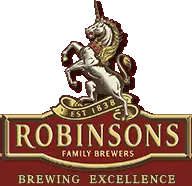
Last Update 2/12/2009
